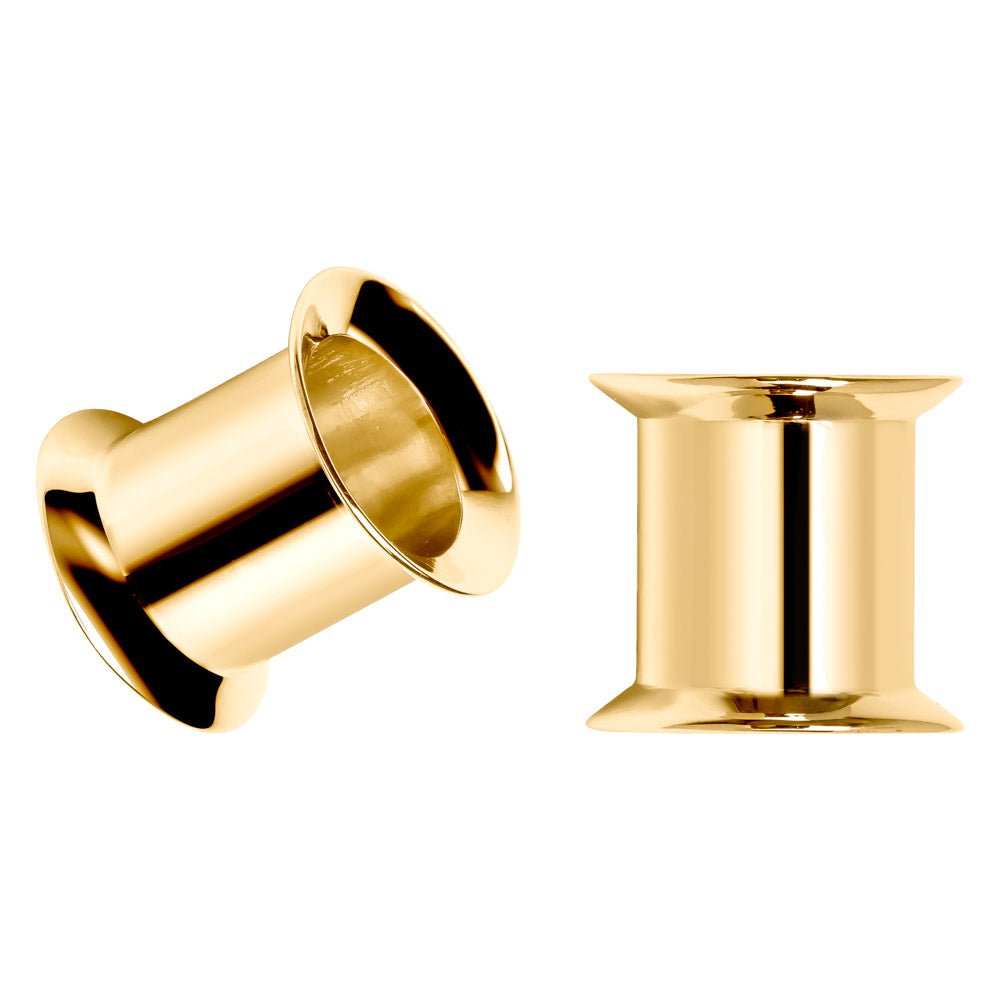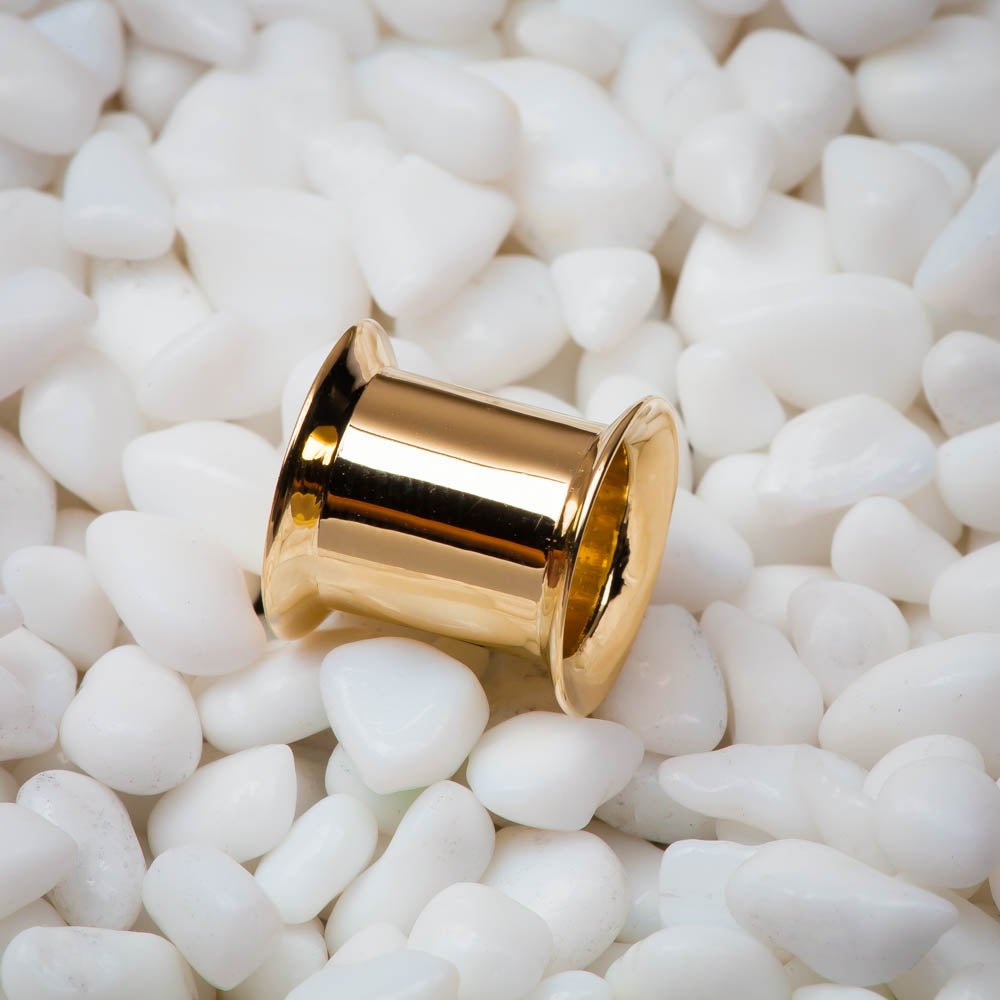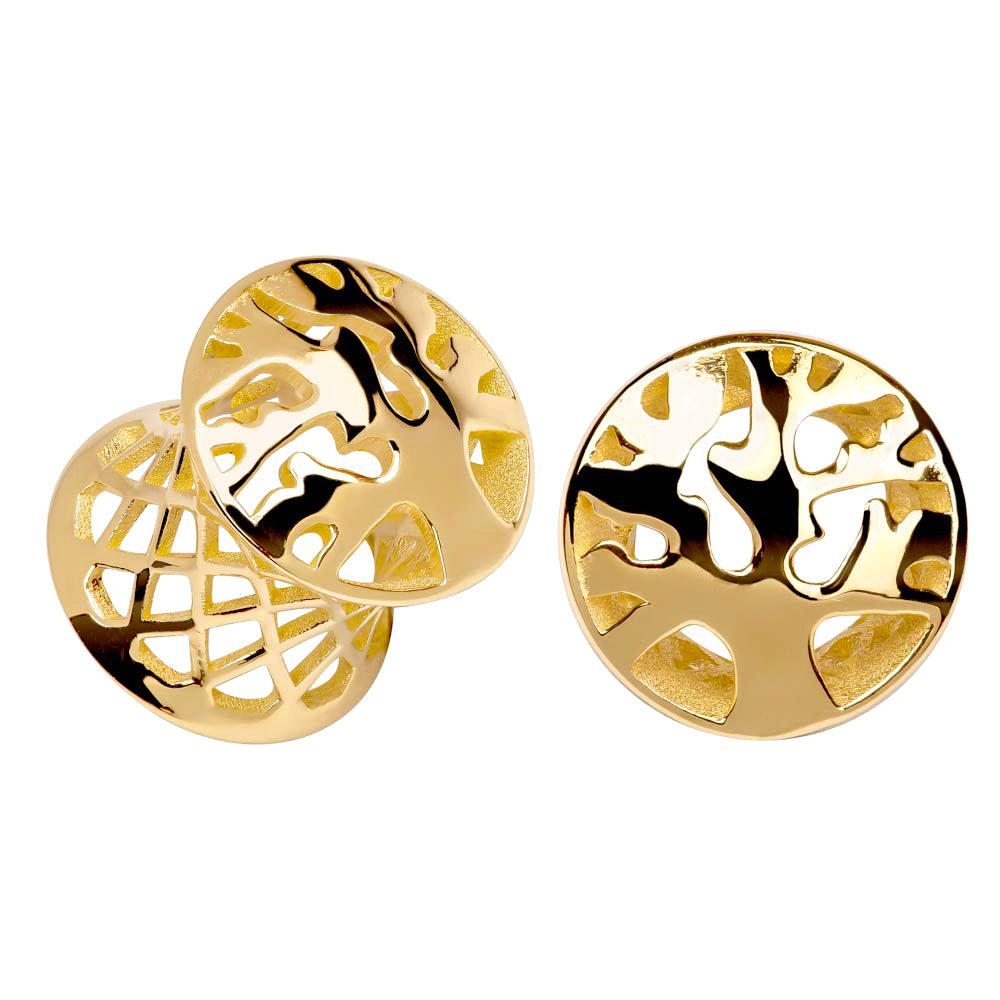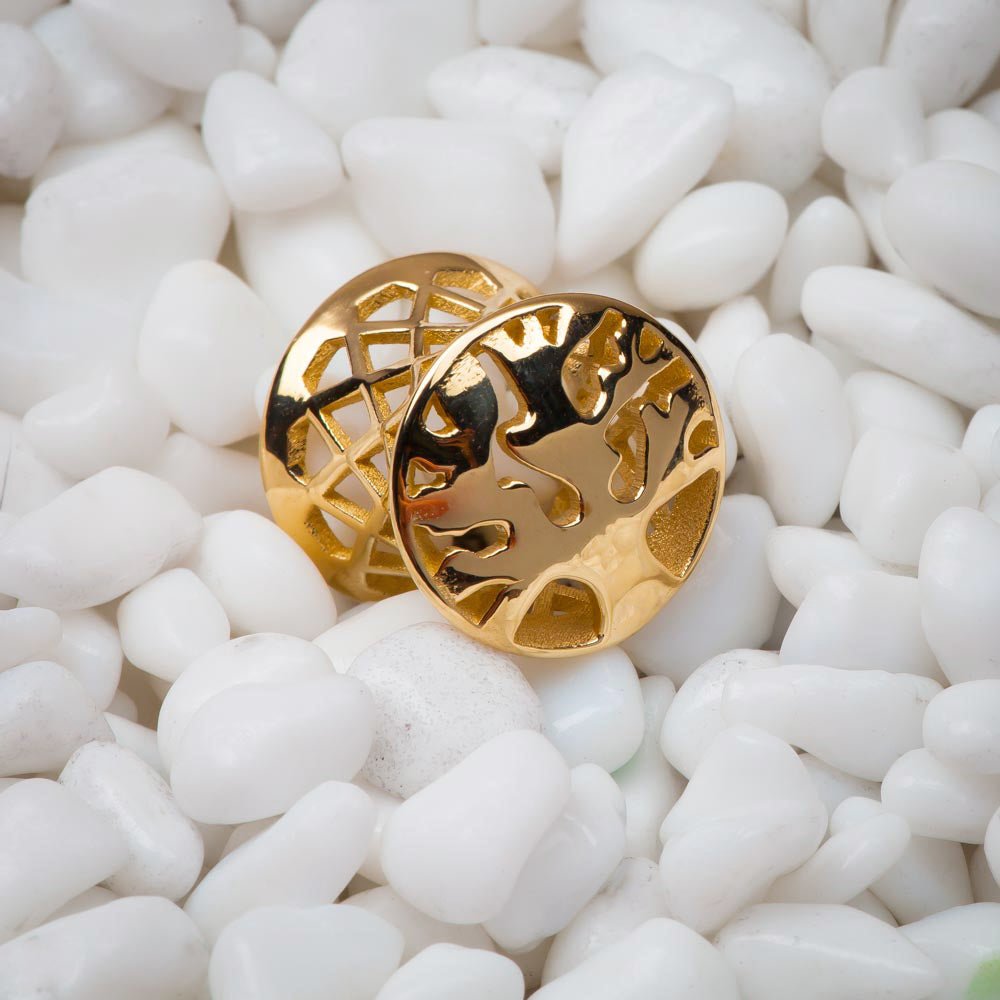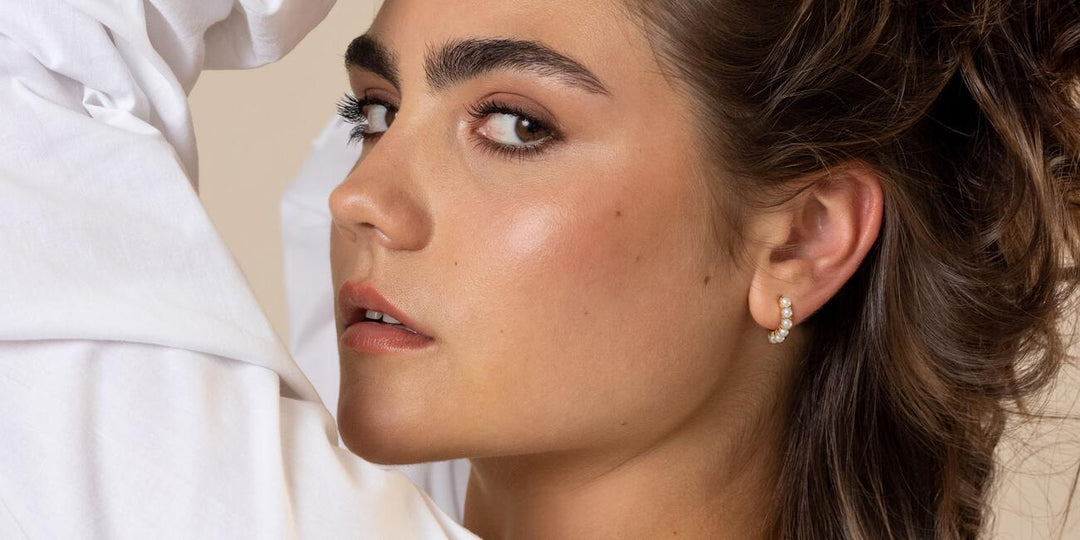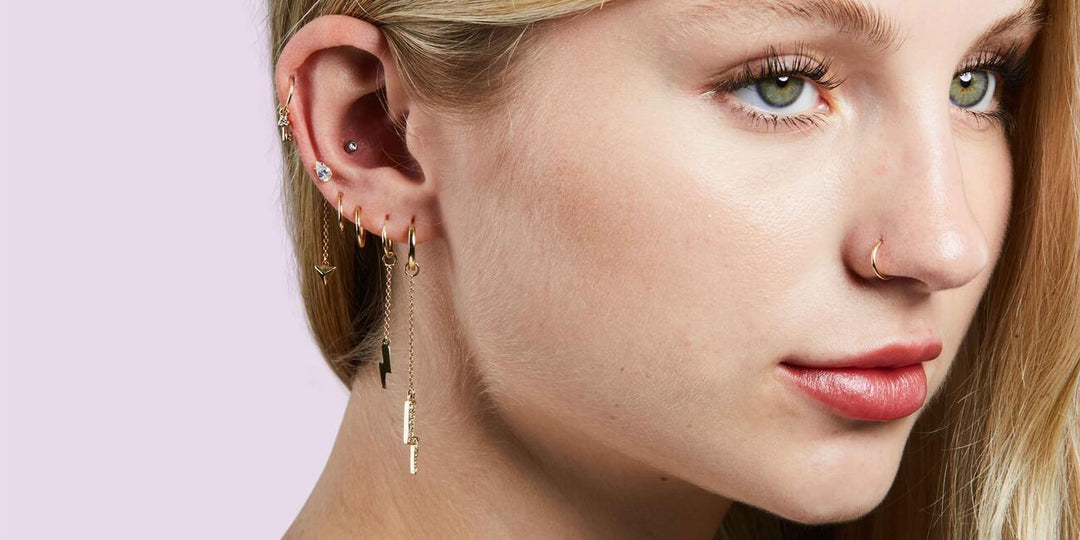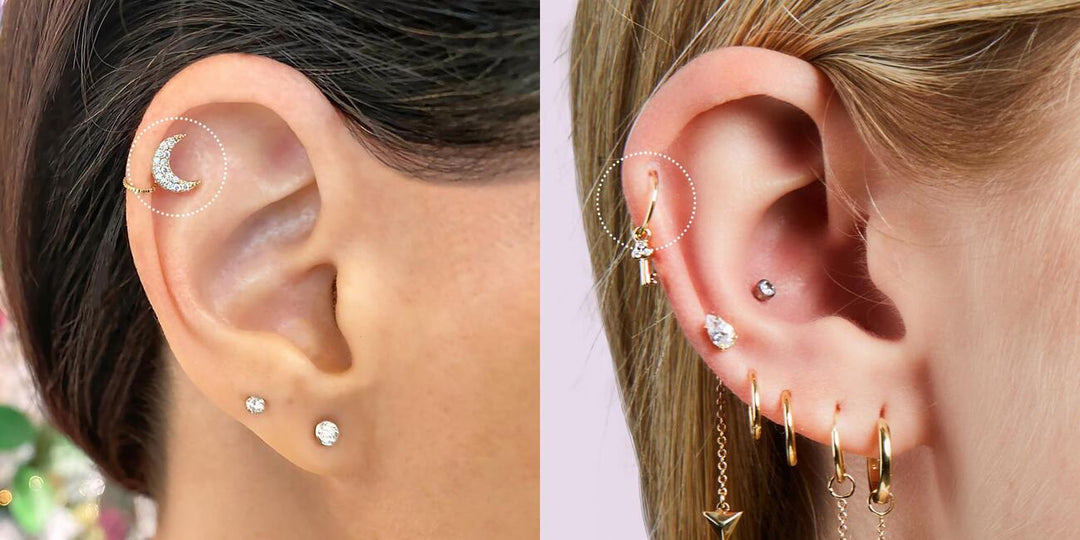Get That Stretched Earlobe Look: A Complete Guide To Stretching Your Ear Piercings
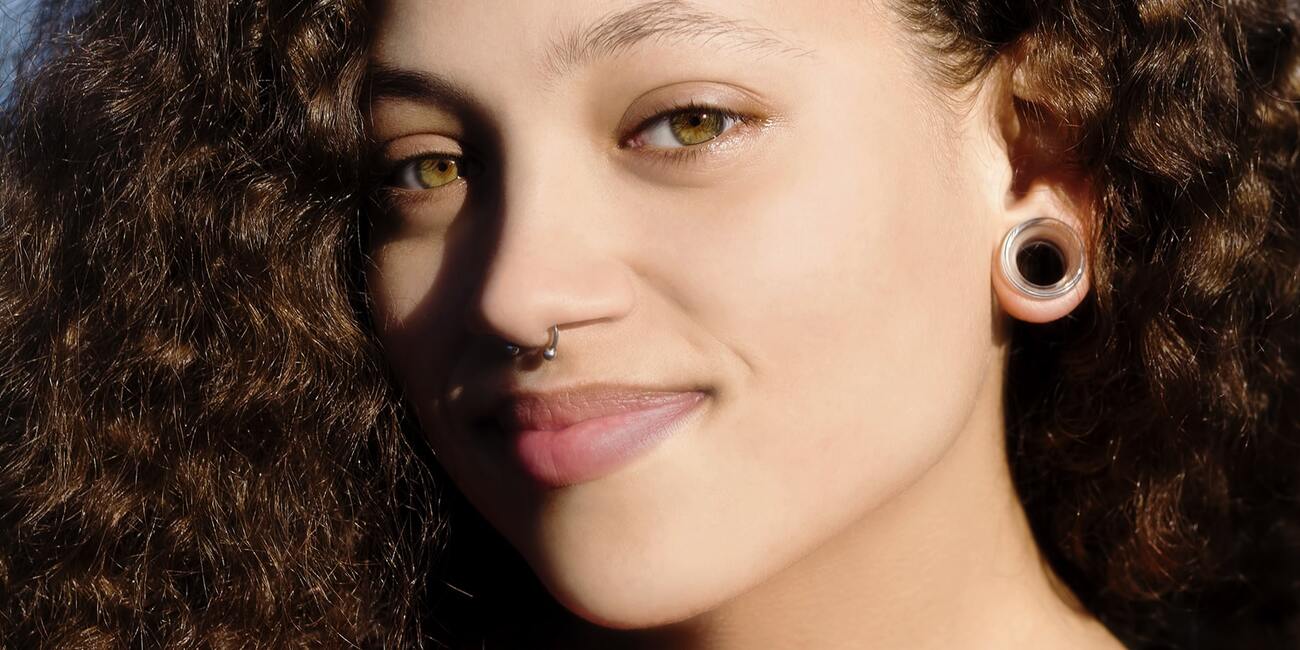

After you’ve had your ears pierced for a while, you might feel the itch to try something different. Stretching your lobes allows you to choose larger gauged jewelry for a variety of new styles.
The fantastic thing about stretching your ears is that you can stretch them as little or as large as you want them. The only limitation is your personal preference and whether you’d like the option of allowing your ears to go back to normal someday.
Although you can easily stretch your ears on your own, you still need to be patient and stretch them properly in order to avoid any complications.
Here’s a complete guide to the lobe stretching process.
What’s The Difference Between Ear Stretching And Ear Gauging?
You’ve probably heard people talk about both ear stretching and ear gauging. The latter term comes about because of a misunderstanding of the process, and it’s an incorrect way to refer to ear stretching.
The gauge is the size of the piercing hole as well as the size of the prong that goes through said hole. With this definition in mind, the term “ear gauging” doesn’t really make a lot of sense. In spite of this, the has entered mainstream vernacular as another way of referring to ear stretching. You can refer to ear stretching as ear gauging, and people will likely know what you’re talking about, but if you want to sound as though you are in the know, you should stick to the more official term—ear stretching.
How To Stretch Your Ears
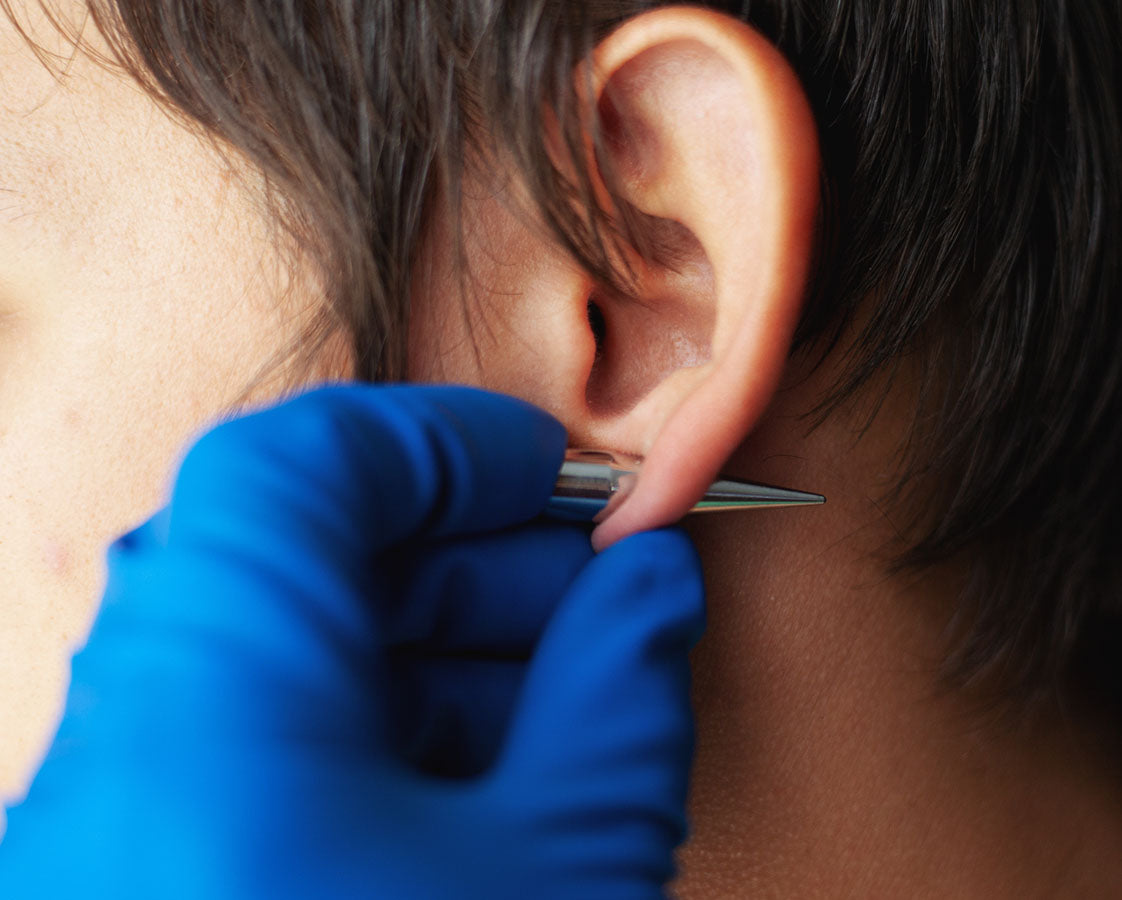

After you’ve had your ears pierced for a while, you might feel the itch to try something different. Stretching your lobes allows you to choose larger gauged jewelry for a variety of new styles.
The fantastic thing about stretching your ears is that you can stretch them as little or as large as you want them. The only limitation is your personal preference and whether you’d like the option of allowing your ears to go back to normal someday.
Although you can easily stretch your ears on your own, you still need to be patient and stretch them properly in order to avoid any complications.
Here’s a complete guide to the lobe stretching process.
Ear stretching is a fairly simple process.
- Find jewelry that’s ½-guage or one gauge larger than your piercing hole.
- Gently fit the jewelry into the piercing.
- Wait at least six weeks for the skin to stretch and heal, then repeat the process.
It’s important to note that your piercing may appear healed from the outside, but it might still be healing internally. Because of this, it’s a good idea to talk to your piercer before you stop aftercare practices and change your jewelry.
That’s about it!
Some people invest in ear stretching kits which consist of tapered tools that assist in stretching the ear. However, these are often unnecessary since the lobe is fairly elastic, and you shouldn’t have too much difficulty inserting jewelry that’s a slightly larger size.
In fact, if you do experience discomfort or you have difficulty inserting the larger jewelry, it’s a sign that your lobe hasn’t finished healing after the last stretch, and you should either wait or seek the help of a professional piercer.
As you stretch your ears, it’s a good idea to massage the area and use lotion or coconut oil to keep the lobes moisturized. This will break down any scar tissue and keep the lobes healthy as they stretch.
Although you can complete this process at home by yourself, it’s a good idea to have a piercer help you along the way. If you pursue the stretching process too quickly, you could experience painful complications, which we will talk about later.
Do not try to stretch more than one gauge at a time. In fact, you might find that you’ll need to stretch less than one gauge at a time. If you’d eventually like to stretch your ears to a significant gauge, then you might get frustrated with how slowly the process takes. However, if you stretch too quickly, you can cause some painful damage to the lobe.
Related Products
View allEar Stretching Complications
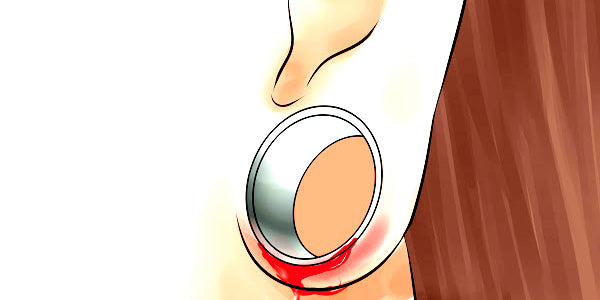

Failure to comply with proper stretching practices could result in painful damage even if your lobe piercing has been healed for a very long time.
Ear stretching complications include
- Overstretching (which can limit blood flow to the area and cause scarring).
- Blowout (which is when the inside of your piercing pushes to the outside of the piercing, manifesting as a ring, usually at the back of the earlobe).
- Tearing.
- Other uncomfortable damage to the lobe.
The ear stretching process should not hurt or cause discomfort. If your piercing feels uncomfortable, it’s a sign that you’re stretching too fast, and you should go back to a smaller gauge and talk to your piercer.
What Jewelry Can I Wear In My Stretched Ear Piercing?
The best part about stretching your lobes is that you can wear a bunch of new jewelry types beyond those made for standard ear piercings.
The most common are tunnels and plugs. These are simply larger pieces of jewelry that fit comfortably in your stretched piercing. Plugs have a closed end while tunnels are open.
You can choose between single- and double-flared tunnels. Single-flared tunnels have a lip on one side, while double-flared tunnels have lips on both sides. Single-flared tunnels are easier to insert. However, double-flared tunnels have a more secure fit, and you may need to use a rubber ring to keep your single-flared tunnels in place.
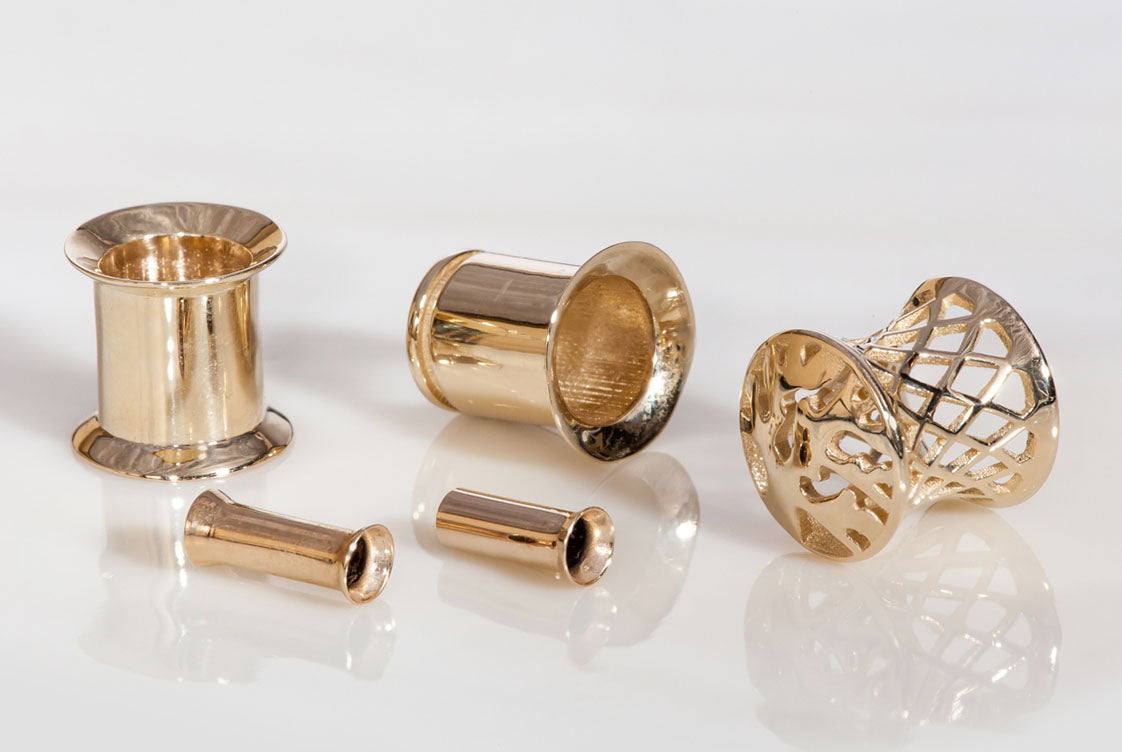

You can also wear cartilage earrings if you choose to stretch your ears only a little bit. This will offer the same aesthetic as a regular ear piercing, but the jewelry will have a thicker prong, and you may find that you’ll have more jewelry options available to you.
Another common style in stretched lobes is to wear ear weights, often made from glass or wood. These create a beautiful alternative look, and they allow you to wear jewelry that’s quite large. However, due to the weight of the earrings, they should not be worn for long periods of time, otherwise you risk the same complications as stretching your lobes too quickly.
What’s The Largest Gauge I Can Stretch My Ears?
Since the earlobes are relatively elastic, you can pretty much stretch them as far as you want to. However, if you’d like them to go back to normal one day, there is a limit (although, it might be larger than you think.)
Piercers generally agree that 00G is the largest that ears can be stretched and still eventually go back to normal. This, of course, depends upon the individual, so if it’s very important to you that your ears can shrink again, then you might want to stop a gauge or two before that.
If you don’t care whether or not your ears go back to normal, you can keep stretching as long as it’s comfortable. However, if you plan on participating in significant stretching, you should enlist the help of a piercer so that they can safely guide you.
FreshTrends Tip
Never force jewelry into your body piercing.
Ear Gauge Guide And Chart
Gauges are measured in millimeters and fractions of millimeters. Additionally, as the sizes go up, the numbers go down. (16G is smaller than 12G.) They are also shown in even numbers. (The next size up from 18G is 16G.)
It’s important to realize that the difference between gauges isn’t the same. For example, the difference between 18G and 16G is 0.2mm while the difference between 4G and 2G is 1mm. Because of this, we recommend that you seek the help of a piercer when stretching to a larger gauge, and as you continue to stretch your ears, consider stretching by half-gauges or smaller to avoid complications.
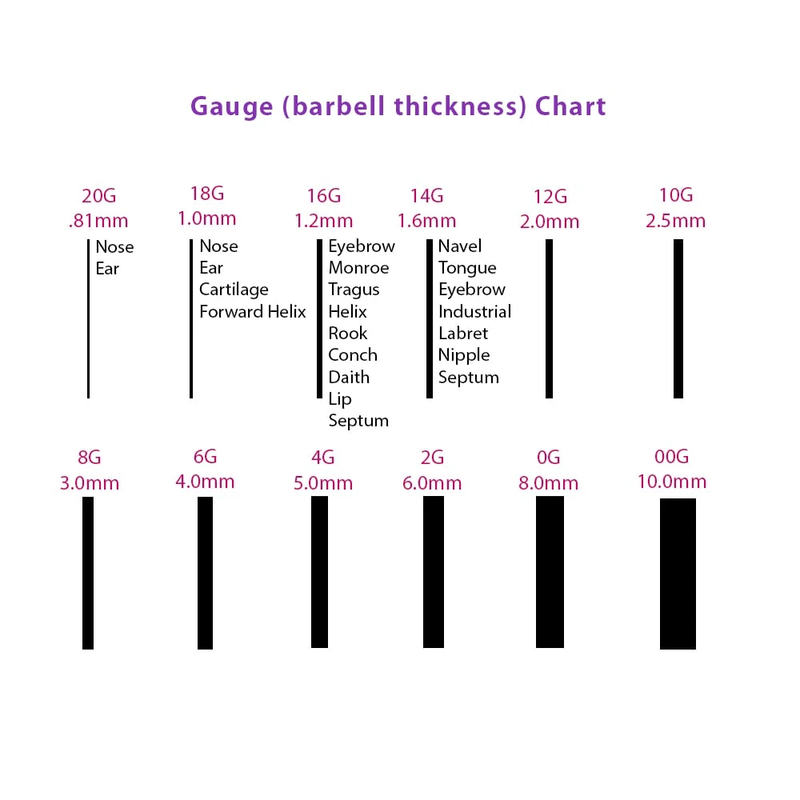

Can I Use A Dermal Punch Instead Of Stretching My Ears?
Another option you might find is to have a piercer use a dermal punch to remove a chunk of your ear to achieve a larger gauge rather than stretching the lobes.
While some may recommend this for those who want to stretch their lobes significantly, it may not be the best option.
Dermal punches for piercings are illegal in much of the United States. This is because the tool used is considered a medical device and, therefore, cannot be legally used by a non-medical professional. If your area doesn’t allow piercers to use dermal punches, then you should not choose this option.
This is also a permanent choice. Your ear will never go back to normal. Ear stretching is much less invasive, and up to a certain point, your ear will eventually go back to normal.
Many reputable piercers will refuse to conduct the dermal punch, and they will recommend stretching only. For this reason, we recommend that you proceed with this option with utmost caution.
Can I Stretch Other Piercings Besides My Ears?
The short answer is that you can.
It’s important to keep in mind, however, that other areas of the body aren’t as elastic as the lobes. If you want to stretch another piercing besides your lobes, you should consult a piercer and have them walk you through the process and let you know if it’s safe to do so.
Ear stretching is a simple process, but it takes time and patience. If you’re interested in stretching your ears, reach out to a piercer to partner with, prepare for a long process, and enjoy the experience; once you get to your goal size, you’ll know that your look was well earned.
